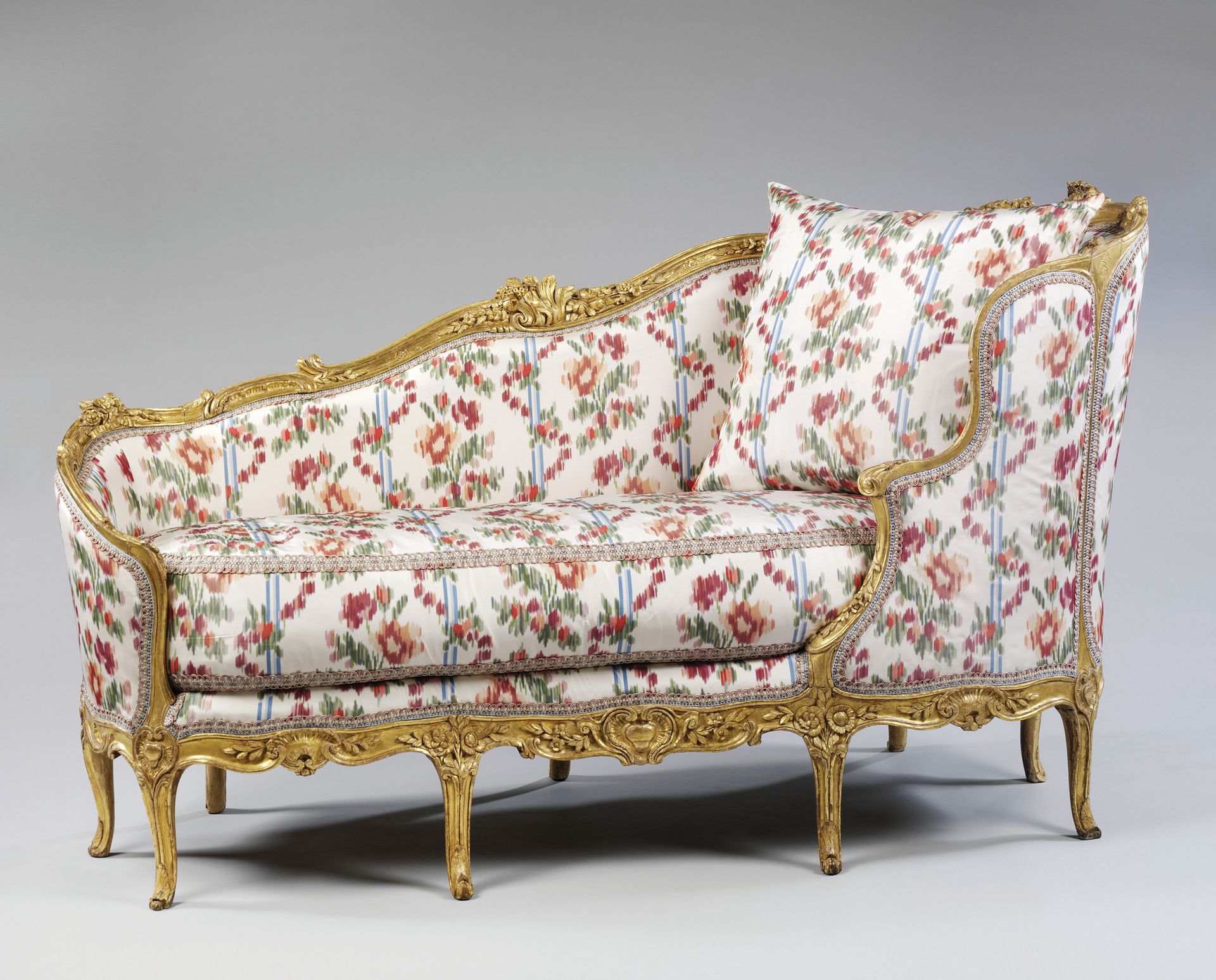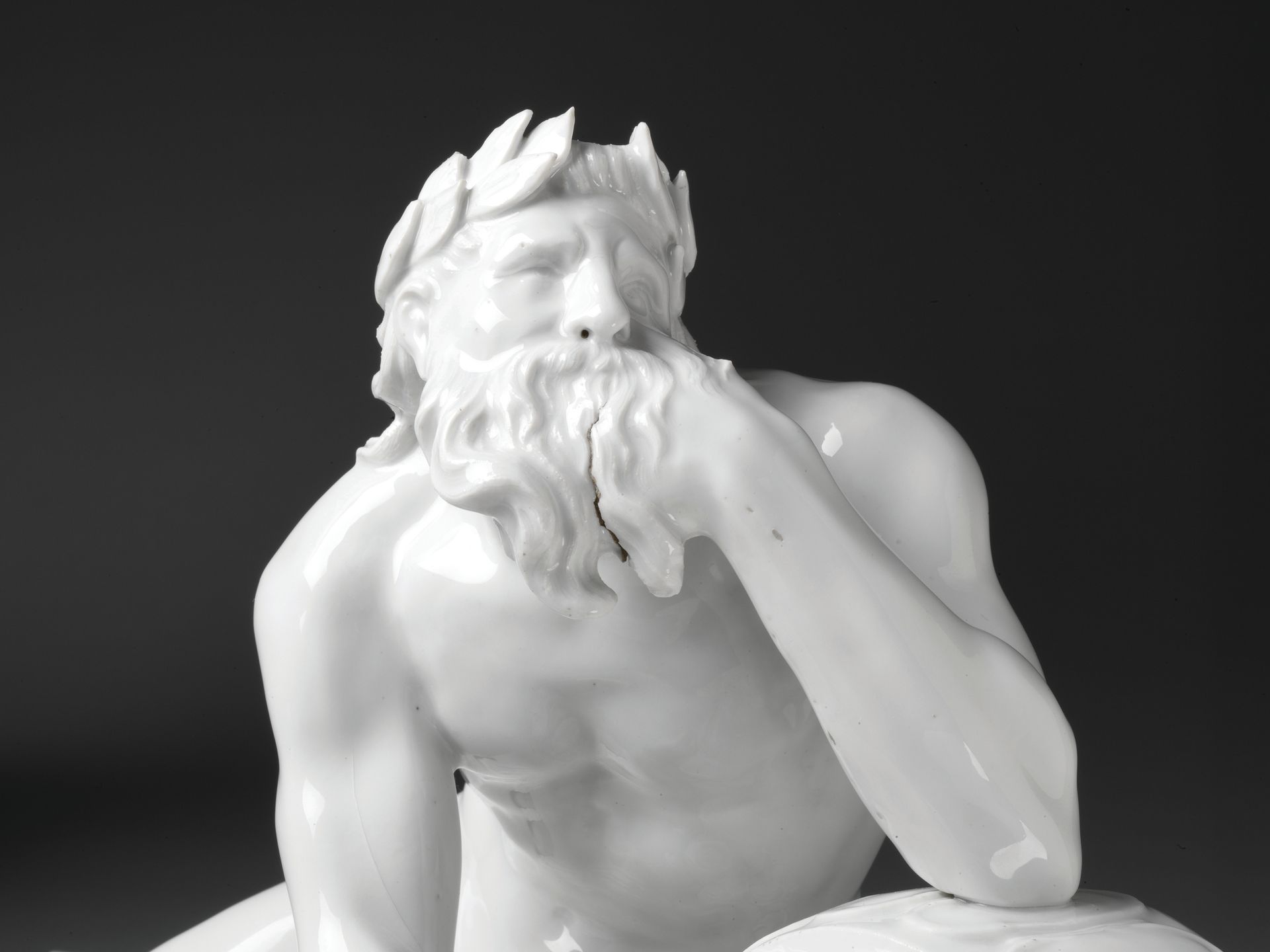The new European galleries at London’s Victoria and Albert Museum (V&A), which open to the public tomorrow (9 December) after nearly ten years of closure, offer a broader view of European design than ever before. The £12.5m project transforms the formerly dingy galleries into a spacious, ambitious presentation of more than 1,100 artefacts from 1600 to 1815.
“We wanted to open up Europe and be more inclusive, including not just the traditionally well-represented objects of Western Europe, but also from Central and Eastern and Ottoman Europe,” says Lesley Miller, the galleries’ lead curator. For the first time, the display also addresses slavery and trading links with the rest of the world.
The period covered witnessed France overtaking Italy as the world’s leader in decorative art. The four main galleries present the Baroque, Rococo and NeoClassical collection, including objects created for Louis XIV, Marie Antoinette and Catherine the Great. Three reconstructed period rooms include a 17th-century French bedroom and a mirrored room from Italy. Smaller side galleries offer a focused look at particular subjects, including cabinets of curiosities.
London-based ZMMA architects unblocked windows, converted a room formerly used for plant and storage into a new gallery and exposed Aston Webb’s original 1890s interior. The museum also commissioned the Cuban art collective Los Carpinteros to create a globe-shaped, wooden installation with seating in the middle of the galleries.
The V&A’s European 17th- and 18th-century holdings were built on the 1882 bequest of John Jones, a leading collector of French decorative art. Although his will stipulated that his collection should be shown together, lawyers recently advised the V&A that it would be reasonable to devote one of the smaller rooms to his collection and disperse other items throughout the European galleries. “We were keen to find the best, most engaging and most accessible way of honouring the bequest,” Miller says.
The galleries closed to regular visitors in 2004, when the layout of the galleries created a security risk after a theft elsewh ere in the building. They reopened in 2007 with upgraded security, but shut again two years later, partly because of warding costs. Since 2009, the project has experienced a series of delays due to initial fundraising challenges and building problems.
The main donor is the Heritage Lottery Fund, which gave £4.75m. Sheikha Amna bint Mohammed Al Thani also donated several million pounds. Her eldest son, Sheikh Hamad bin Abdullah Al Thani, is showing his jewel collection in a temporary show at the museum, Bejewelled Treasures: the Al Thani Collection (until 28 March). Although the timing might seem deliberate, a museum spokesperson says: “The Bejewelled Treasures exhibition is unrelated to this gift.”
Jewels of the V&A’s new display

Daybed by Jean-Baptiste Tilliard I (French) (1745-55)
Conservators removed overgilding to reveal the quality of the carving. They also replaced modern upholstery with a newly woven chine silk of a period design.

Banyan (Chinese male garment) in the European style (around 1720)
Made of Chinese damask, the gown based on a Japanese kimono was probably tailored in the UK or the Netherlands. The museum bought it at Kerry Taylor Auctions in 2011 for £30,000.

Meissen table fountain by Johann Joachim Kändler (German) (1745-47)
To reassemble the fountain, conservators put together more than 100 pieces found in the museum storeroom and used 3D printing to reproduce lost elements. The project took five years.

Medal cabinet by Martin Guillaume Biennais and Charles Percier (French) (around 1810)
The galleries’ lead curator Lesley Miller describes this as “one of the most original and striking designs in the history of furniture”. The museum bought the cabinet, which was subject to an export deferral, in 2014 for £534,000.

